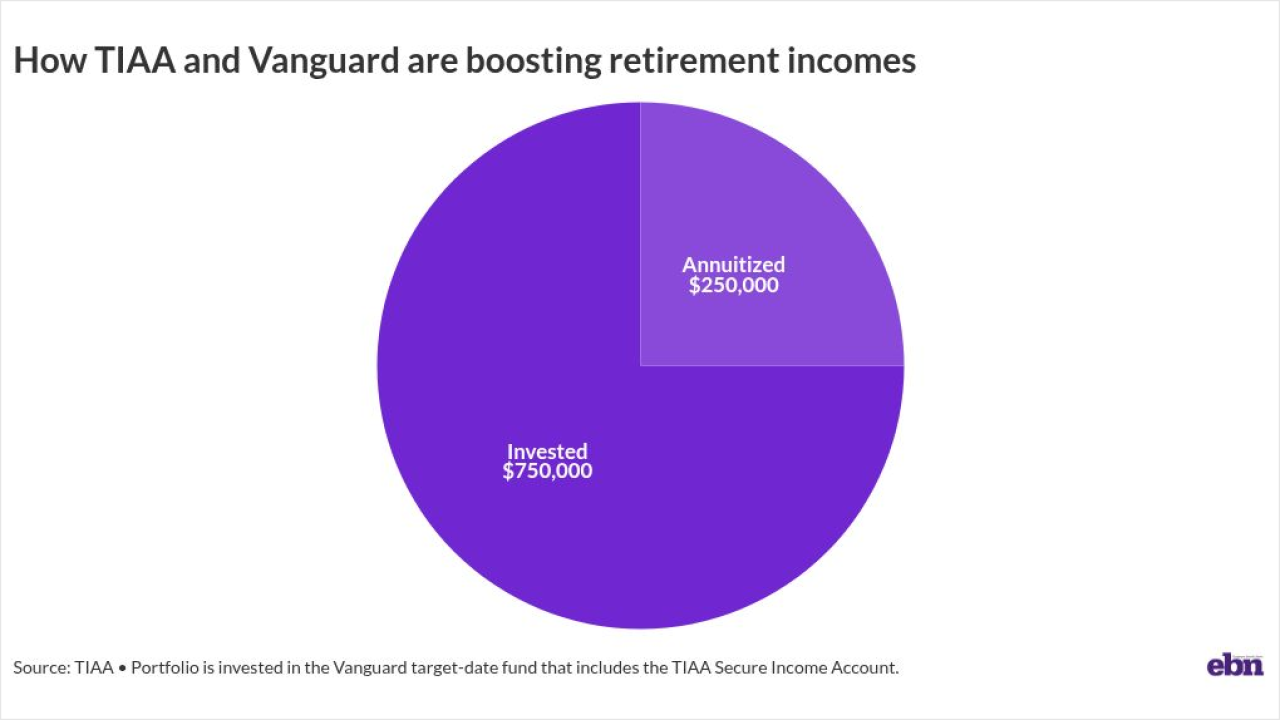When Dallas County became the first in Texas to announce a shelter-in-place order as a result of the COVID-19 pandemic, caregiver organization Apple Care and Companion started getting calls from clients and their families almost immediately.
“We have quite a few clients in care facilities,” says Laurie Miller, president of Apple Care and Companion. “The facilities have not allowed any family members or non-essential employees to come in. One facility is not even allowing us in, which is bad because that client is a two person lift and now her husband can’t go see her. The reason we go there to begin with is because they couldn’t provide enough care.”
As people around the country scrambled to buy groceries and essential items in preparation for lockdowns, there was concern over whether the organization’s caregivers would still be available to help its elderly clients with grocery shopping and other non-medical caregiving needs.
Various elder care service providers have been deemed essential businesses, allowing caretakers to continue their in-home and in-facility visits. But, while these organizations are able to provide their services, many clients are fearful of the risks of accepting help.
“We’ve had more clients cancel than we’ve had caregivers not want to come to work,” Miller says. “I have one client with a major respiratory illness, and she is afraid to have anyone in the house, even with the masks and gloves, because she is already so medically compromised.”
Despite these concerns, providing caregiving support is a vital benefit for many in the workforce.
“The crisis has put a spotlight on caregiving and the importance of employers supporting employees with their family care issues,” says Lindsay Jurist-Rosner, CEO of Wellthy, a caregiver benefits vendor that counts Voya Financial and Hulu as clients.
About 77 million Americans are current or former caregivers, according to LIMRA research. As baby boomers age, caregiving is expected to become more common — and the costs are expected to rise. On average family caregivers are spending roughly $7,000 a year on out of pocket costs related to caregiving, according to AARP data.
Some major employers are offering caregiving benefits in an effort to both financially and emotionally support their workforce. These benefits create positive work environments and promote workplace loyalty.
However, despite tremendous need, caregiving benefits are only a small piece of a typical employer’s benefits package. While 73% of millennials and 75% of Generation X say they are balancing caregiving responsibilities and their careers, according to data from Northwestern Mutual, only 4% of employers offer specialized care benefits like backup child care services. Just 2% offer backup eldercare, according to the Society for Human Resource Management.
The uncertainty of the pandemic has been raising more questions than answers as the role of caregiving shifts towards reliance on remote assistance.
As COVID-19 keeps non-essential employees out of the workplace, caregivers have found themselves in need of alternative solutions.
“One of the big challenges in caregiving is caring for loved ones at a distance,” says LuAnn Heinen, vice president at the Business Group on Health. “This whole notion of caring for someone remotely and what are all the strategies to do that is really a challenge.”
Employees are looking to their employers for help. In response to the pandemic, insurance company TIAA has increased its existing backup care benefit to $100 from $65 per day, per dependent and can be used to pay individuals of associates’ choosing — including family members — to provide backup care.
Banks are also supplementing their benefits to help employees deal with the coronavirus. These organizations are paying bonuses to their front-line employees and offering extra paid time off for those who are sick or self-quarantined. Banks are also offering employees financial assistance with child care, or virtual doctors’ appointments.
In addition to financial assistance it’s crucial for employers to be open-minded and communicative with their caregiving employees. No two caregiving situations are exactly alike, but being flexible with work schedules and allowing for a shorter workday or work week could help ease the burden.
Some caregivers have admitted to feeling guilty or ashamed about their situation, often closing them off from their employer. Since employees are reluctant to share their stories, they are fearful of having to ask for the time they need for their caregiving responsibilities.
Jurist-Rosner has said she felt this during the two decades she was caring for her ill mother. However, when she did finally share her story, she found there were those around her dealing with the same stressful situations.
“For many years it was almost this secret, double life — this other job that I didn’t tell people about because I felt some degree of shame or embarrassment,” she says. “I didn’t feel comfortable sharing it.”
Employers have the responsibility to remove the stigma around caregiving and offer the flexibility that employees require. Especially now when the majority of the workforce is working remotely, Cariloop CEO Michael Walsh suggests leaders take the opportunity to make employees feel comfortable enough to have their child, grandparent, pet, or whomever they are caring for be a part of the video call.
“It’s all about creating a feeling of safety and community within your culture,” Walsh says. “It’s not enough just to offer flexible scheduling and all of that. Employers have to have the leaders play a role in that and make it feel like it is okay that this is happening.”






